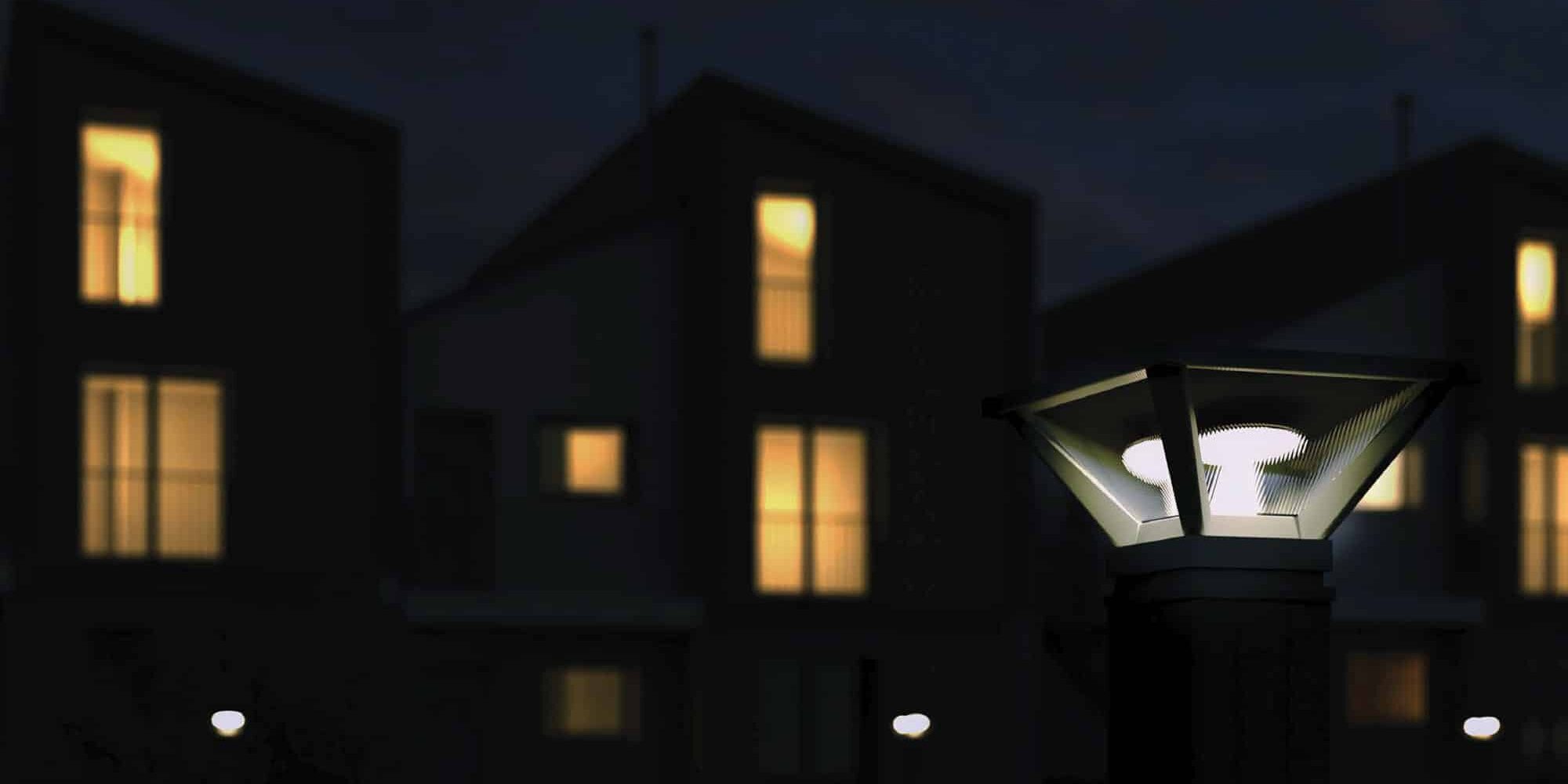Solar-Powered LED Bollards for Pathways, Sidewalks, Parks and City Centers
Solar-powered bollards are a type of outdoor lighting that uses solar energy to power the lights. They are a great alternative to traditional bollards, which require electricity from the grid. Solar-powered bollards are typically made of durable materials such as stainless steel or aluminum and designed to withstand the elements. They are also easy to install and maintain.
Benefits of Solar-Powered LED Bollards
Eco-friendly
Solar-powered bollards are a great way to reduce your carbon footprint. They do not require electricity from the grid, so they do not produce any greenhouse gases.
Cost-effective
Solar-powered bollards can save you money on your energy bills. They do not require wiring or installation costs and have a long lifespan.
Easy to install
Solar-powered bollards are typically very easy to install, given that electrical lines do not need to be present or channeled to the location.
Low maintenance
Solar-powered bollards require very little maintenance. You will need to clean the solar panels occasionally, but that is about it.
Applications of Solar-Powered Bollards
Solar-powered bollards can be used in a variety of applications. They are commonly used in landscaping, such as lighting walkways, patios, and gardens. They can also be used in commercial applications like lighting parking lots and walkways. Not requiring any electrical wiring to be in place or to be channeled to the point installation, solar bollards can be added to existing landscapes or hardscapes with minimal disruption.
Dramatic Improvements in Solar Technology
Solar power efficiency has improved dramatically over the years. In the 1950s, the first commercially available silicon solar cells had an efficiency of just 6%. Today, the most efficient solar cells can convert up to 47.1% of sunlight into electricity.
There are several reasons for this dramatic improvement in efficiency. One reason is that scientists have developed new materials that are better at converting sunlight into electricity. Another reason for the improvement in efficiency is that scientists have developed new cell designs that are more efficient at capturing sunlight. Finally, scientists have developed unique manufacturing processes that are more efficient at producing solar cells. This has helped reduce the cost of solar panels, making them more affordable for consumers.








